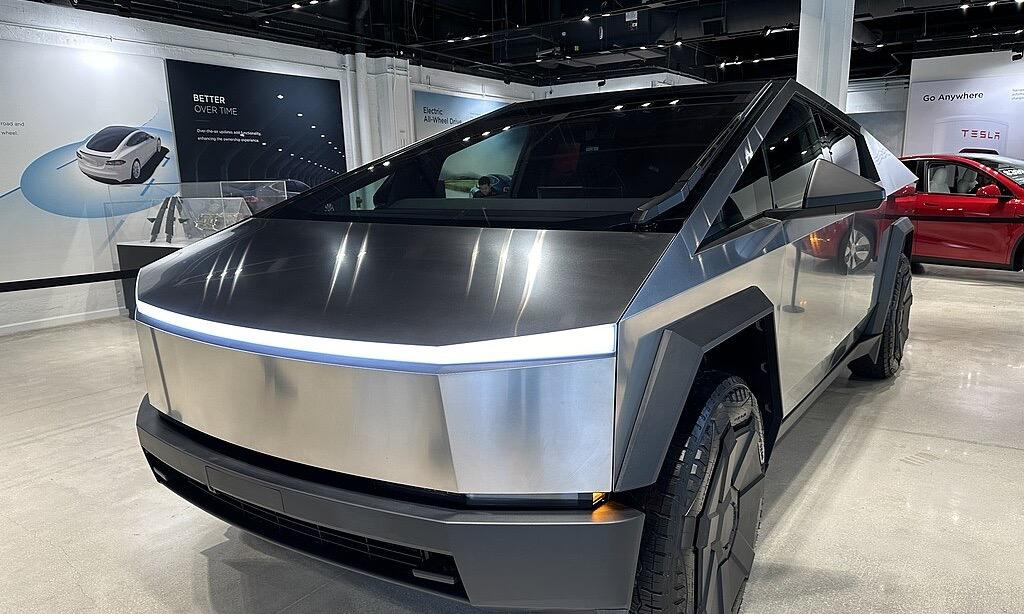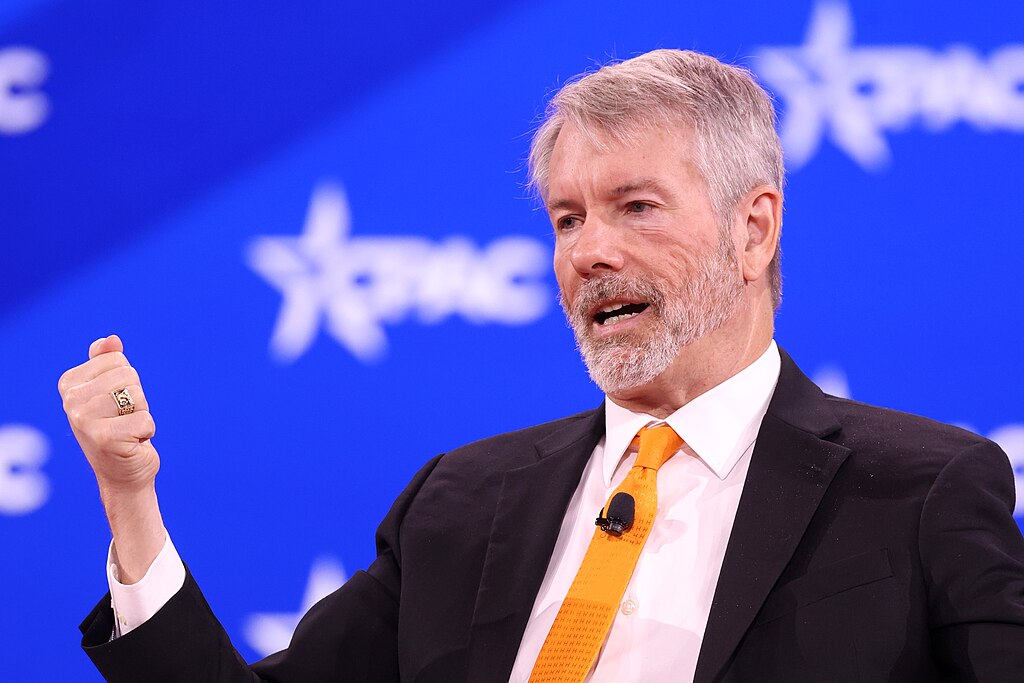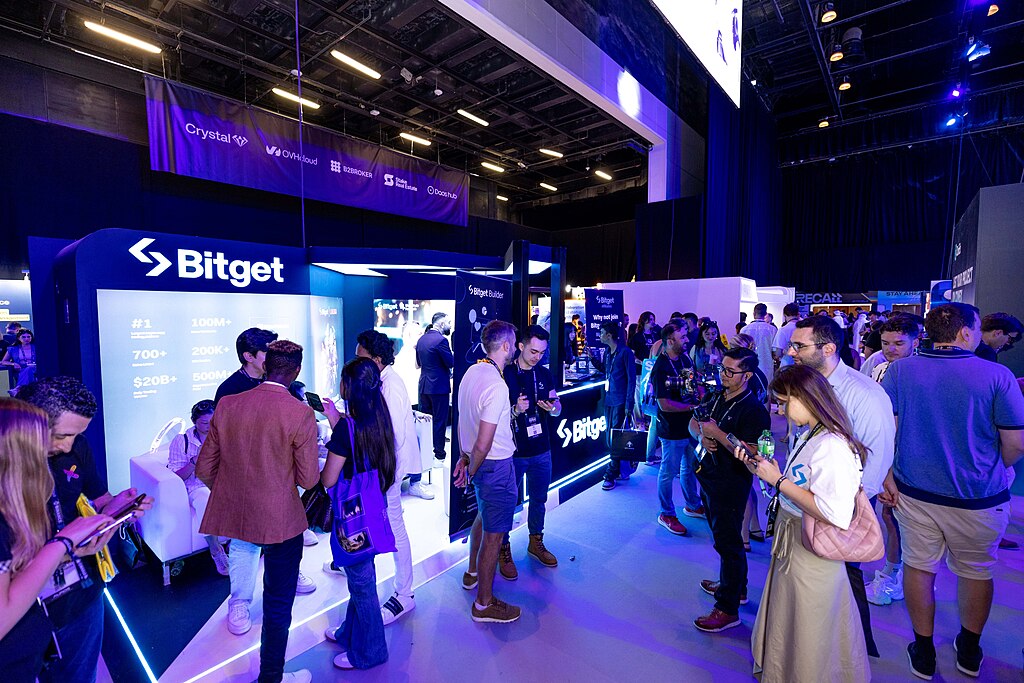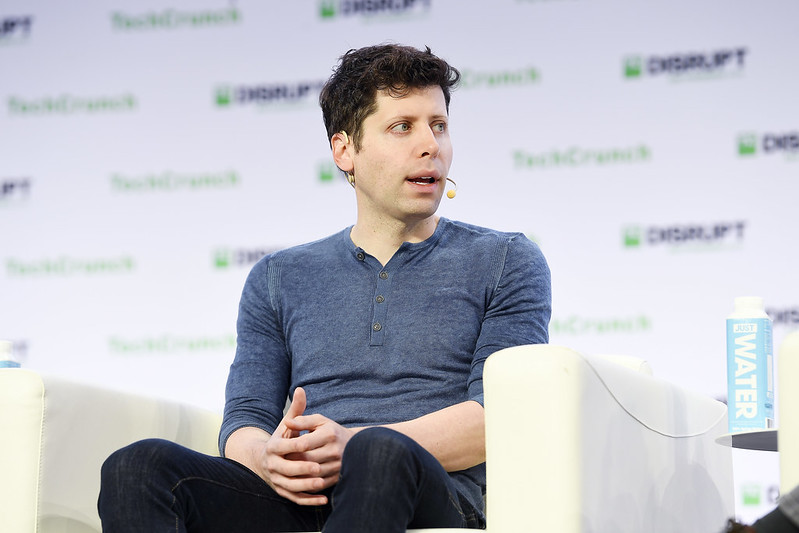Kye Hyun Kyung, CEO of Samsung Electronics, praised the Tesla Cybertruck's unique capabilities during a U.S. test drive. Samsung also announced the launch of its groundbreaking GDDR7 memory chips, which are set to significantly enhance next-gen GPUs.
Samsung CEO Explores Cybertruck Innovations and Advances in Memory Chip Technology
In an Instagram post, Kyung shared a video of himself getting out of the passenger seat of the Tesla Cybertruck, stating that Elon Musk's company allowed him to drive the Cybertruck and that the electric pickup truck was "more comfortable" than he thought, the acceleration was "amazing," the ability to check surroundings with ten cameras was "excellent," and the steering's low turning radius, as well as larger wipers, were "impressive."
The Tesla Cybertruck is unquestionably a unique vehicle with numerous intriguing features, as evidenced by the Samsung CEO's impressions.
According to SamMobile, Kyung discussed the significant advancements in HBM3, HBM3E, and HBM4 memory chips. Many businesses eagerly anticipate the HBM3 and HBM3E 12H chips, a testament to their exciting potential. As a result, the tech behemoth has assembled a dedicated team to enhance these chips' quality and productivity, a move sure to stir excitement in our audience.
As for HBM4, the CEO claims that it doubles memory bandwidth. However, he explains that "traffic bottleneck occurring between memory and computing would remain." According to Kyung, many companies want to solve that problem by developing customized HBM4 chips, and Samsung will work with them. Finally, Kyung discussed Samsung Foundry's 2nm GAA process. According to him, it significantly improves efficiency and performance, so many companies are approaching Samsung about 2nm chips.
Samsung Unveils GDDR7 Memory Chips, Setting Stage for Next-Gen GPU Performance Leap
Samsung announced eight months ago that it had completed the development of GDDR7 memory chips. Earlier this month, JEDEC released the final specifications for GDDR7 memory, finally allowing memory manufacturers to launch their next-generation chips. Samsung now lists its GDDR7 chips on its website (via @harukaze5719).
Samsung has added two GDDR7 memory chips to its product line: the K4VAF325ZC-SC28 and the K4VAF325ZC-SC32. Both chips are 16Gbit, but the former can transfer data at up to 28GT/s and the latter at up to 32GT/s. GDDR7 chips feature a 512M x32 layout and a 266-pin FBGA package. Samsung has already begun sampling these chips, which could appear in final products in weeks or months.
JEDEC's maximum configuration for GDDR7 chips is 64Gbit (8GB) capacity with a transfer rate of 48GT/s. As previously stated, Samsung's first set of GDDR7 memory features more moderate specifications. However, these memory chips are poised to revolutionize the performance of next-generation GPUs, offering a substantial boost over those using existing GDDR6 and GDDR6X memory chips. This advancement is not just exciting but inspiring for tech enthusiasts and manufacturers alike, as it hints at the future possibilities of technology.
These memory chips are expected to be utilized in AMD's highly anticipated RX 8000 series GPUs and Nvidia's RTX 5000 series GPUs. AMD is slated to release those GPUs in the second half of this year, while Nvidia may introduce its rival GPUs in late 2024 or early 2025. Samsung, SK Hynix, and Micron will face intense competition to supply GDDR7 memory to GPU, AI chip, and network equipment manufacturers, underscoring the industry's dynamic nature.


























Comment 0